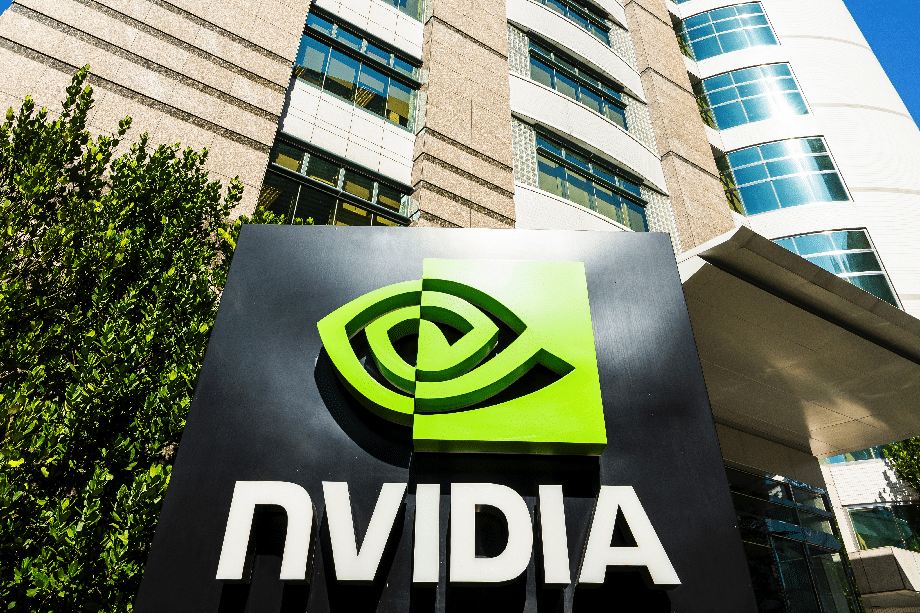American chipmaker Nvidia is preparing to start large-scale production of a new artificial intelligence (AI) chip for China in the second quarter of 2024. This move is intended to follow new US export rules set to hamper China’s AI industry while still providing a competitive product, as shared by two informed sources.
Reuters reported how the H20 chip, the most sophisticated among three chips Nvidia made for China, was expected to launch last November. However, this was delayed due to server manufacturers facing challenges in integrating the chip.
Along with the H20, Nvidia is planning two more chips, the L20 and L2, that meet the new US standards.
One of the sources said that the initial number of chips produced will be small, with Nvidia focusing on supplying big customers first. The company has not yet started selling any of these three chips.
Both sources chose to remain anonymous, and Nvidia has not made any official comments.
Shifting Chip Dynamics: US Regulations and Nvidia’s Strategy
In 2022, the US put export limits on advanced microchips and related technology to China. This included banning the sale of Nvidia’s top-end H100 chip.
Nvidia then introduced the A800 and H800 chips in November 2022 as alternatives for Chinese buyers.
In October 2023, the US government tightened its regulations to specifically target the A800 and H800 to prevent their use in Chinese military technology.
Now, Nvidia is counting on the H20, L20, and L2 to maintain its market position in China, even though they are far from the company’s most powerful chips.
Nvidia’s AI Chip Lineup: H20, L20, and L2
The H20, L20, and L2 chips feature many of Nvidia’s latest AI capabilities but with less power to fit the new rules.
Unveiling the H20: A Leap in LLM Inference
The H20 is notable for its impressive performance, especially in handling complex AI tasks like Large Language Model (LLM) inference. It outperforms the H100 by more than 20%, showing a significant improvement. This chip is more in line with Nvidia’s future GPUs, likely in the B100 and X100 series, and is a step up from the earlier H100 model.
Introducing the L20: Tailored for Business Needs
The L20 stands out for its strong performance in business settings, where a mix of power and efficiency is important. It’s designed to handle tasks like data processing and AI applications well, though it’s not as powerful as the H100. Its features make it a smart choice for businesses.
Ultimately, the L20 is ideal for companies needing reliable GPU power for AI development and data analysis, without needing the extreme power that might face export limits. It’s a good balance of efficiency and performance.
The L2: Compact Efficiency for Business
The L2 is akin to a more compact version of the L20, tailored for enterprise needs in smaller spaces. It’s ideal for businesses requiring strong GPU capabilities within constrained environments.
Ultimately, the L2 is perfect for efficiently handling data-intensive tasks, making it a versatile solution for companies looking for power and space efficiency in their computing setup.
Adapting Strategies: China’s Response to Chip Constraints
Chinese companies are cautious about buying the less advanced H20 chip and are looking at local alternatives due to worries about possible stricter US rules – just like what happened with the A800 and H800 chips that were developed for China.
The Wall Street Journal reported on how Chinese cloud giants like Alibaba and Tencent have tested Nvidia’s newer, less powerful chips but plan to buy fewer of them than they did the older models now banned by the US (the A800 and H800). These companies, along with China’s other top two buyers – Baidu and Bytedance – are turning to Chinese companies like Huawei for chips or making their own.
In fact, in November 2023, TrendForce estimated that Chinese cloud service providers like ByteDance, Baidu, Alibaba, and Tencent held about 6.3% of high-end AI server shipment share. However, due to US sanctions, this share is projected to drop to below 4% in 2024. This decline reflects the impact of current and possible future US restrictions on chip exports.
By reducing the power of its chips, Nvidia is making its processors closer in performance to those made in China, which makes these local chips more appealing to buyers. Furthermore, there’s uncertainty about whether Nvidia can keep delivering chips, as US rules might get more strict.
Ultimately, Chinese tech firms are changing their plans to use less of Nvidia’s chips to avoid having to keep updating their tech for new chip types.
